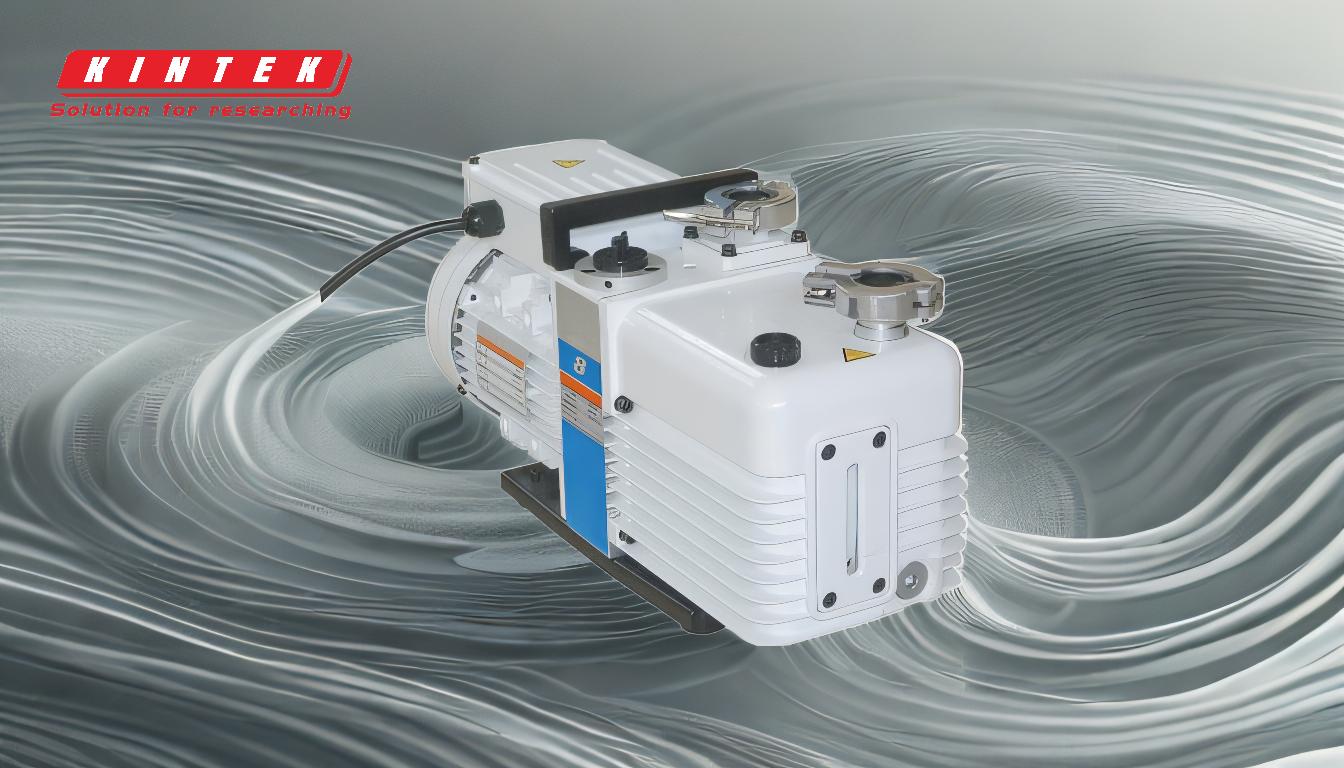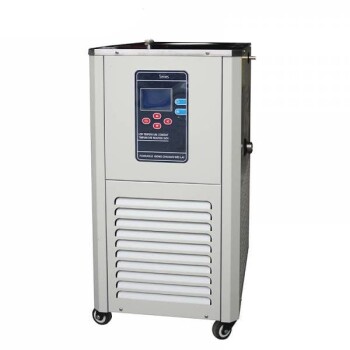To determine when to replace a vacuum pump, it is essential to consider factors such as maintenance costs, efficiency, and the specific application requirements. Regular maintenance, including oil changes, cleaning, and part replacements, can extend the pump's lifespan. However, if the pump's efficiency drops significantly, maintenance costs rise, or it no longer meets the application's pressure requirements, replacement may be necessary. Additionally, evaluating the lifetime cost, including purchase, maintenance, and operational expenses, can help decide whether investing in a more efficient pump is beneficial in the long term.
Key Points Explained:

-
Regular Maintenance and Its Impact on Pump Lifespan:
- Regular maintenance, such as oil changes, cleaning, and replacing worn-out parts like vanes or diaphragms, is crucial for maintaining the efficiency and extending the lifespan of a vacuum pump.
- Neglecting maintenance can lead to decreased efficiency, increased operational costs, and premature failure of the pump.
-
Signs Indicating the Need for Replacement:
- Decreased Efficiency: If the pump is no longer achieving the required vacuum levels or is taking longer to reach them, it may be time to consider a replacement.
- Increased Maintenance Costs: When the cost of maintaining the pump (e.g., frequent part replacements, servicing) becomes prohibitively high, investing in a new pump may be more economical.
- Failure to Meet Application Requirements: If the pump can no longer meet the specific pressure or operational requirements of its application, replacement is necessary.
-
Lifetime Cost Considerations:
- The lifetime cost of a vacuum pump includes the initial purchase price, ongoing maintenance, and operational costs such as energy consumption and staff time.
- A more efficient pump, even with a higher initial cost, may reduce long-term operational expenses, making it a better investment over time.
-
Application-Specific Requirements:
- Different types of vacuum pumps (e.g., rough, medium, high, or extremely-high vacuum pumps) have varying maintenance needs and operational lifespans.
- High and extremely-high vacuum pumps, such as turbomolecular or ion getter pumps, may require more specialized maintenance and have different replacement timelines compared to rough and medium vacuum pumps.
-
Factors to Consider When Choosing a Replacement:
- Oil or Hydrocarbon Emission: Depending on the application, an oil-free model may be preferred to avoid contamination.
- Vibration and Noise Emission: These factors can affect the working environment and may be critical in certain settings.
- Energy Consumption: A more energy-efficient pump can reduce operational costs.
- Pressure Requirements: Ensuring the new pump matches the required pressure levels is crucial for optimal performance.
By carefully evaluating these factors, you can make an informed decision on when to replace your vacuum pump and choose the most suitable replacement for your specific needs.
Summary Table:
| Key Factors | Details |
|---|---|
| Regular Maintenance | Oil changes, cleaning, and part replacements extend pump lifespan. |
| Signs for Replacement | Decreased efficiency, high maintenance costs, or unmet pressure requirements. |
| Lifetime Cost Considerations | Includes purchase, maintenance, and operational costs. |
| Application-Specific Needs | Different pumps (rough, high, extremely-high) have unique maintenance needs. |
| Replacement Factors | Oil-free models, vibration/noise levels, energy efficiency, pressure needs. |
Need help choosing the right vacuum pump? Contact our experts today for tailored solutions!












